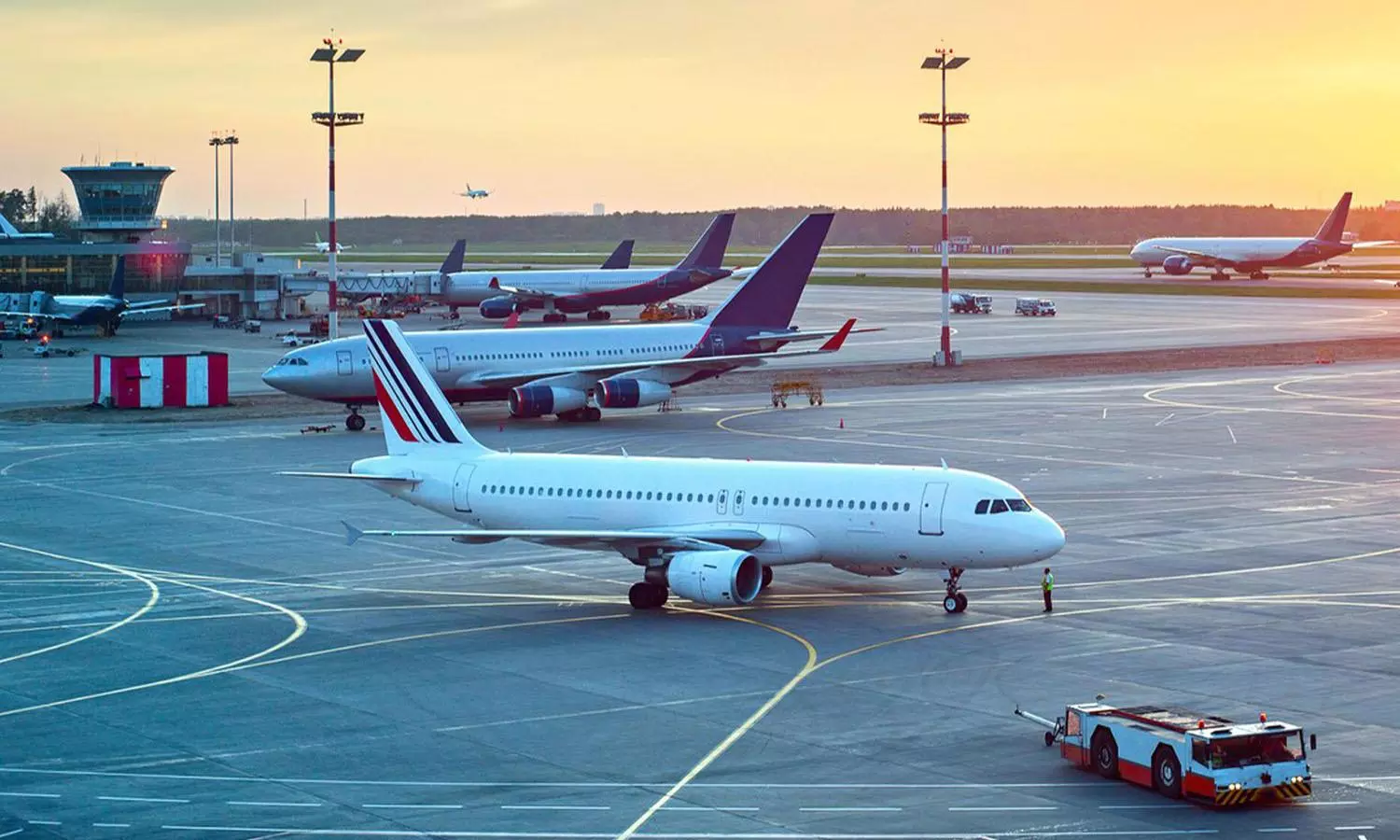Global airlines face $11 billion supply chain hit in 2025: IATA
Grounded aircraft, delayed deliveries, and escalating maintenance and leasing costs are increasing the cost of operations for global airlines.

Representative image
Global airlines are heading for a loss exceeding US$11 billion in 2025, due to widespread supply chain disruptions that are delaying new aircraft deliveries and grounding existing fleets.
According to a new report, ‘Reviving the Commercial Aircraft Supply Chain,’ from International Air Transport Association (IATA) and Oliver Wyman, shortages of labor, materials, and parts are forcing carriers to keep older, less fuel-efficient planes in service, leading to rapidly soaring costs.
The most significant financial burden for airlines, estimated at US$4.2 billion, comes from delayed fuel cost efficiency, as airlines are forced to operate older, less fuel-efficient aircraft that also emit higher greenhouse gases
This older global fleet is also driving up operational expenses with an estimated US$3.1 billion in additional maintenance costs.
Furthermore, the struggle to get engines repaired is causing a surge in leasing, pushing excess engine leasing costs to about US$2.6 billion, a figure worsened by a 20-30% rise in general aircraft lease rates since 2019. To cope with unpredictable parts flow, airlines are also stockpiling spares, contributing an estimated $1.4 billion in excess inventory holding costs.
This crisis is compounded by a fundamental shift in the aerospace business model. Original Equipment Manufacturers (OEMs) are now generating a larger share of their profits from the aftermarket (spare parts, repairs, and maintenance) rather than initial equipment sales.
This matters to airlines because newer, fuel-efficient aircraft are also more complex to maintain, and component repairs are often only possible through the OEMs or their networks.
The report notes that OEMs have limited incentive to develop new, cheaper repair solutions, often preferring to sell new replacement spare parts, which increases both costs and lead times for carriers.
This is reinforced by lessors, who own over half the global fleet and often mandate OEM parts and repairs in lease return conditions, restricting the ability of airlines to use other approved, cost-saving repair options.
These pressures originate from fragile supply networks under strain from global forces. Geopolitical instability has disrupted access to critical materials like titanium, while trade barriers create friction for cross-border parts movement.
Material shortages are slowing production, with materials like aluminum and steel in tight supply.
Commercial airlines are being squeezed as the defense and business aviation sectors compete for the same materials and engine capacity, often accepting higher prices and shorter terms.
Adding to this structural constraint are severe skilled labor shortages, as large waves of maintenance and technical staff are already approaching or entering retirement. The combination of these factors has created deep supply challenges that the industry cannot quickly resolve.


